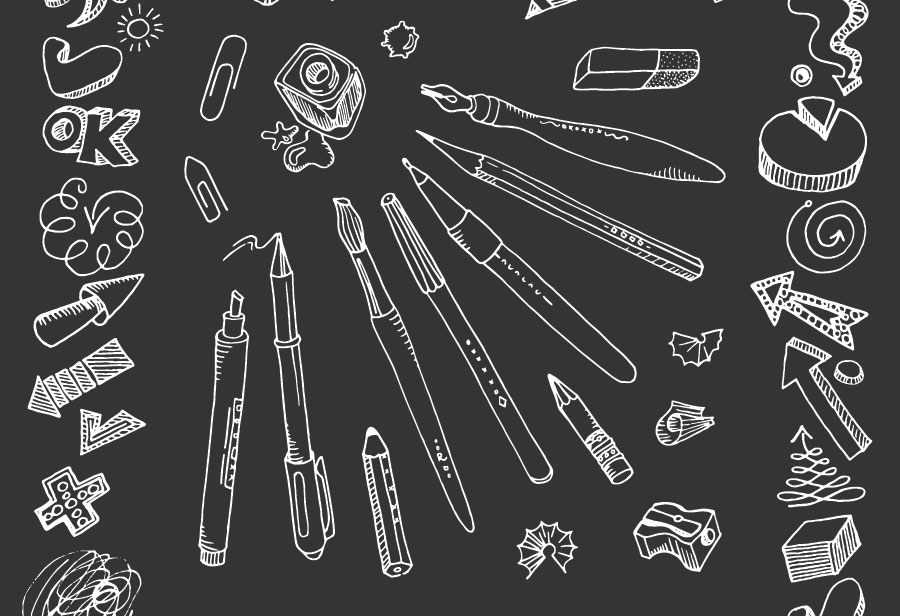Practice, practice, practice. Write, edit, rewrite. Draw, erase, redraw. Practice some more – day after day, month after month, year after year. Now you’re ready.
Most of us who are professionals in the children’s book industry have worked long and hard learning and refining what we do. Once upon a time there was a process to getting published which was a sign that your work was worthy of being offered to the public. Some people found success, others met with rejection but tried again and some just quit. Some folks were good at what they did, some adapted their skills to a specific market and again, some just quit. Then there’s the case of the person who was really good but just never got to the right editor or art director. It’s a risk you took as part of the industry.
One thing was certain though, especially when it came to illustration – it had to look professional. To the young audience that was learning to read, publishers felt an obligation to present artwork that worked on a design level as well as a communication level. The style and use of art principles and elements was picked up by art directors who often made the art stronger because of their knowledge and input. They knew what styles suited a particular story – whimsical verses representational. They knew what colors worked, how to use dynamic compositions to hold the young viewers attention from page to page and they knew quality of finished art. Ideas were exchanged between artists and art directors, writers and editors until a final product was arrived at that rose to the standards of the company and the industry overall. This world still exists but it has an alternate universe now as well – self publishing.
The professional children’s book industry has standards that remain unchanged resulting in many books being created which are admirable and successful in terms of writing and art, if not always sales as well. It’s an industry that is still difficult to break into and just as difficult to remain relevant in once you’re established. Enter, self publishing. The eagerness for many to claim the title “author” or “illustrator” was successfully transformed into a profit making industry. If you had the money – you could be published and then you could brag to friends and neighbors that you were a “real” author or illustrator. For many who worked at their craft year after year but never got the break they needed, this was the opportunity they deserved. For others it was a chance to see their name on a book cover. There are many positive aspects of self publishing but the thing it lacks is a set of standards. If you think your story is good without editing – well, that’s just fine. You scribbled some drawings that your family loves – well, that’s good too. Now you’re an author/illustrator. Welcome to the club!

A serious commitment to self-publishing requires more dedication than drawing and writing just for fun – you need to hold yourself accountable to professional standards.
I’m sorry to be the one to tell you but it should not work that way. I encourage creative people to take the plunge into publishing but with professional standards as their purpose. Assess the work you’ve done, honestly, with professionally published works as your guide. I’ve come across too many really bad examples of children’s book illustration and writing, in already self published form. I always give my honest opinion and offer advice when approached and I’m also quick to recognize a job well done and extend praise. There comes a point when you should seek out the opinion of a professional or at least someone who can offer an honest critique. Pay for the services of an editor. Hire a real illustrator with experience in the market, to create the art. Yes it costs more but that makes the work better.
You owe it to the readers to deliver the best experience they can have when opening your book. Don’t rely on the kindness of strangers to tell you how great you are, they always will. For those of us who are professionals – when you come across a work that is substandard in writing or art, offer a critique. We’re so afraid of offending that we leave that job to the next person who is approached for an opinion. I suggest using the opportunity to make the writer/artist aware of the shortcomings of their work. Advise them on how to improve or where to find resources to make the work meet professional standards.
Writers – if you want to be authors, think of the audience beyond your family. Artists – if you want to be illustrators, think of the viewers beyond your elementary school art teacher. If the self publishing industry doesn’t establish standards for your work then set them for yourselves. These publishing services are not going to turn down the money you’re willing to pay them but lowering the bar for an entire industry does not benefit anyone.



 Steven Petruccio
Steven Petruccio 